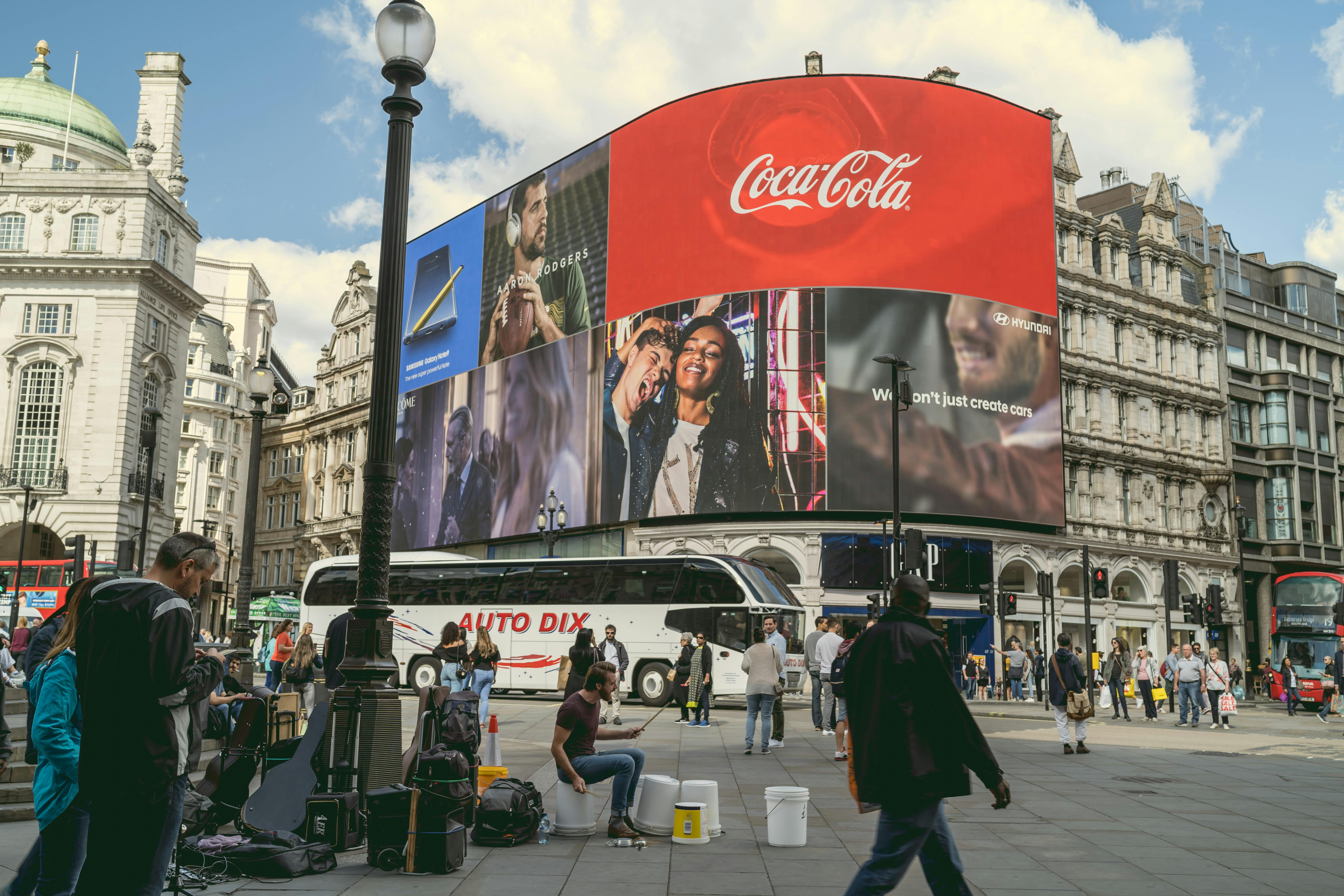Can agroforestry save your cup of coffee?

Forest funds have traditionally focused their resources on afforestation and reforestation, as well as on the production of wood and wood products. It is not so common for forestry funds to choose projects that, in addition to trees, also incorporate crops. That may soon change, as there is a new investment opportunity, which may be gaining momentum.
Starbucks, the largest US coffee chain, announced last week that climate change could severely affect the world’s coffee supply and thus jeopardize your morning caffeine fix. In an interview for The Guardian, Starbucks chief sustainability officer Jim Hanna said: “What we’re really looking at as a company 10, 20, 30 years down the road, if conditions continue as they are, is a potentially significant risk for our supply chain, which is the Arabica coffee bean.
Hanna further explains that hurricanes, resistant pests, landslides and soil erosion are causing significant crop yield declines on coffee farms in Central America, where the majority of Starbucks crop suppliers are located.
Unfortunately, Starbucks aren’t the only ones seeing the alarming trend regarding the future of drinkable black gold and one of the world’s most widely traded commodities. According to the Smithsonian, a study based on 7,000 farmers in Mexico and Central America predicts that global warming trends will reduce coffee supply by up to 30 percent by 2050.
However, there is a simple solution that, if not reversed, can at least slow the effects of climate change on the world’s coffee supply, and that solution is agroforestry. The agroforestry method combines the planting of crops with tree species, which help each other to grow, especially under harsh environmental circumstances.
Agroforestry is not a new phenomenon in coffee plantations. A report by the US independent, non-profit research organization Resources for the Future states that in 1998, 95 percent of El Salvador’s coffee was shade-grown. And the benefits of shade-grown coffee seem to be quite promising.
During research in Sumatra, the World Agroforestry Center noted that while coffee does not have to be grown within a forest, shading bushes with trees protects coffee plants from too much sun. In full sunlight, says the Center, coffee plants are depleted by their rapid bean production, while in shade, they produce fruit more gradually. At the same time, the lifespan of the bush is extended, which encourages it to produce more coffee in the long run.
In addition, the slower ripening of the berries caused by the shade of the trees was found to have a positive influence on the flavor of the coffee. Weed pressure in coffee agroforestry plantations is also reduced, because coffee is more shade tolerant than weeds.
Trees are known to protect the topsoil and facilitate the formation of organic matter in the soil. Certain species of leguminous trees enrich the soil with nitrogen by extracting it from the air and making it available in the soil. The coffee plants then use the nitrogen to grow and mature. The shading also provides what the Center calls a forest-like “microclimate,” which reduces the risks of disease and insect attack.
Another report from The American Phytopathological Society explains that agroforestry systems “could also modify the incidence of pests and diseases compared to monospecific plantations.”
Probably the most complete investigation was carried out by experts from the Smithsonian Migratory Bird Center. Reviewing more than 50 studies of shade-grown coffee farms in regions ranging from Central and South America to Indonesia over the past 15 years, experts concluded that shade-grown coffee production had a significant advantage for coffee farms. sun. Here are some key findings:
• Agroforestry increases soil carbon, soil nitrogen and enzyme activity, essential elements for soil fertility and plant health. Nitrogen-fixing trees in shade-grown coffee can put up to 100 kilograms of nitrogen per hectare per year into the soil, which could reduce the amount of fertilizer a farmer would need to apply by 25 to 30 percent.
• In Venezuela, sun coffee systems suffered twice the soil loss from erosion compared to shade systems.
• In Nicaragua, soil carbon content (an indicator of soil fertility) of shaded coffee was found to be 18 percent higher than that found in coffee with little or no shade.
• Soil moisture on coffee farms in the sun is 42 percent lower compared to coffee farms with leafy foliage as a canopy.
• Agroforestry creates a hospitable environment for richer biodiversity, including bird species. A study in Guatemala found that birds can reduce the presence of herbivorous insects in coffee by 64 to 80 percent, and excluding birds from coffee plants resulted in increased insect damage to coffee leaves.
• In a study in Jamaica, the researcher excluded birds and observed a 70 percent increase in the proportion of coffee berries infested with the coffee berry borer, the most damaging insect pest of coffee.
Given the above findings, why aren’t more forestry funds investing in agroforestry coffee plantations? These mixed systems have all the benefits of forests in terms of land value, wood production and carbon sequestration, but also incorporate the additional financial benefits that come from growing coffee.